Each time Xiaomi’s new product is released, it will always be accompanied by a variety of different voices. This is also true of Xiaomi TV 2. For Xiaomi’s housekeeping skills, “Hunger Marketing Lawâ€, consumers are becoming less and less impatient, of course. Today, we do not talk about Xiaomi's marketing methods here, or bring you real product dismantling. For millet TV 2, there is a lot of online saliva at present. Most of them focus on workmanship, quality, and panel development. Fundamental arguments are basically all. It is speculation that the most fundamental solution to cracking these rumours is to disassemble and see what is installed in the TV and how it works. In the end it is not worth the money.

First of all, let's look at its appearance. The most obvious difference with Xiaomi TV 1 is that the screen size has been increased to 49 inches, and the resolution has been upgraded to 4K. At the same time, the wireless subwoofer and Soundbar have been added, and the package price is 3999. You can buy it. Compared to the 1st generation, the base is replaced with a foot, and the bottom border is also much narrower than the 1st generation. The degree of beauty has greatly improved.

A picture of lying on a dead body, you can see the main interface of the millet TV 2 are concentrated in the right side of the TV (according to the direction of the screen), the bottom of the bottom middle of the black strip is the touchpad, with the millet TV 1 There is no physical button at all, and it is more radical. If the remote controller is broken or has no electricity, it can only be waved to the base of the TV!
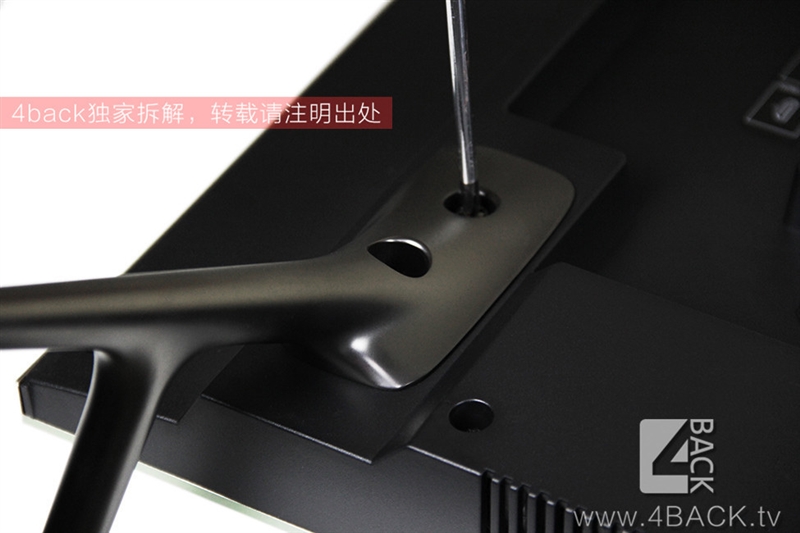
Here we begin to enter the formal dismantling step. The first thing that needs to be removed is the TV stand and two screws. It's very simple.

After removing the feet, you can see there are four holes. You can adjust the height of the feet by changing the position of the screws. It is a good design.

Unlike most TVs, the Millet TV 2 power cable is connected to the TV, so we have to open it here and look at the internal structure.
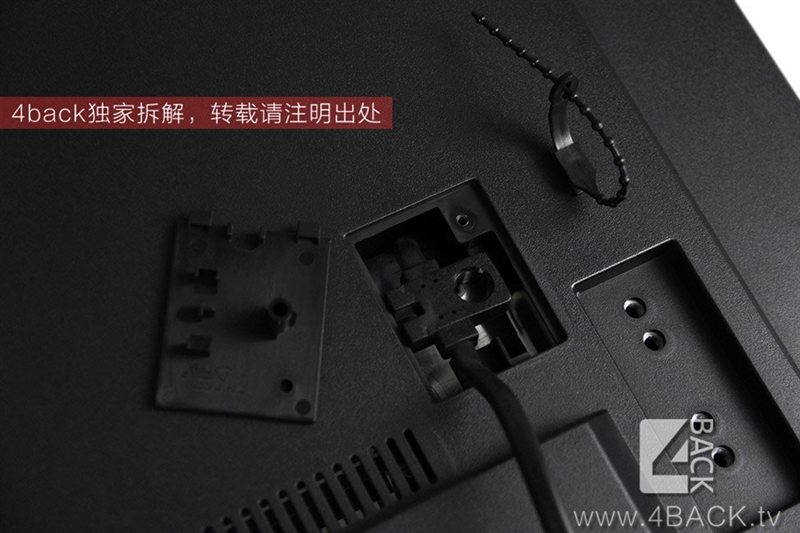
After opening, you can see the structure inside, the same can not be directly unplugged, with a snap fasten the power cord, to prevent excessive wire pull.
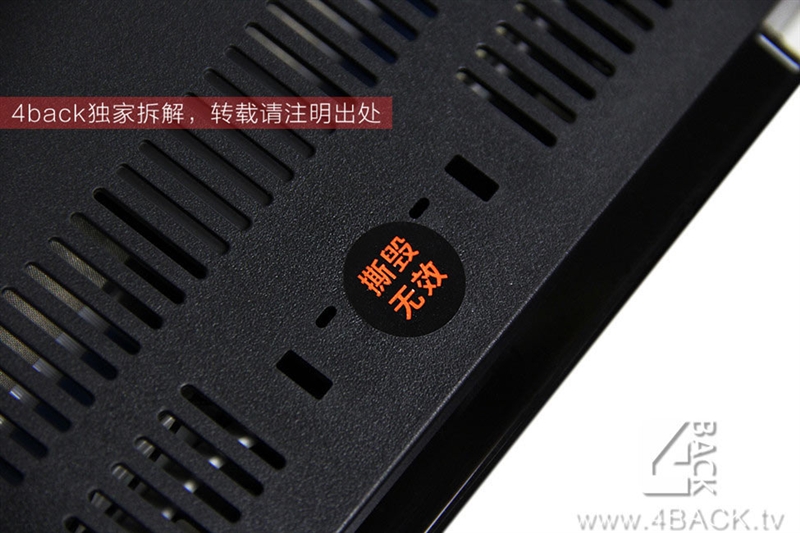
There is also a screw under the label that is torn down. Only unscrew the screw to open the backplane. Of course, this will lose the warranty.

Exciting moments, the backplane has been opened, and we can see the circuit board hidden in it. It is still good to look at the rough work.

The position of the interface between the power cable and the power board is designed with a snap-in and plug-in design, so that the power cable cannot be plugged and unplugged by itself. The flexibility is limited, and once the wire fails, it needs to be disassembled and replaced, and the cost is high.
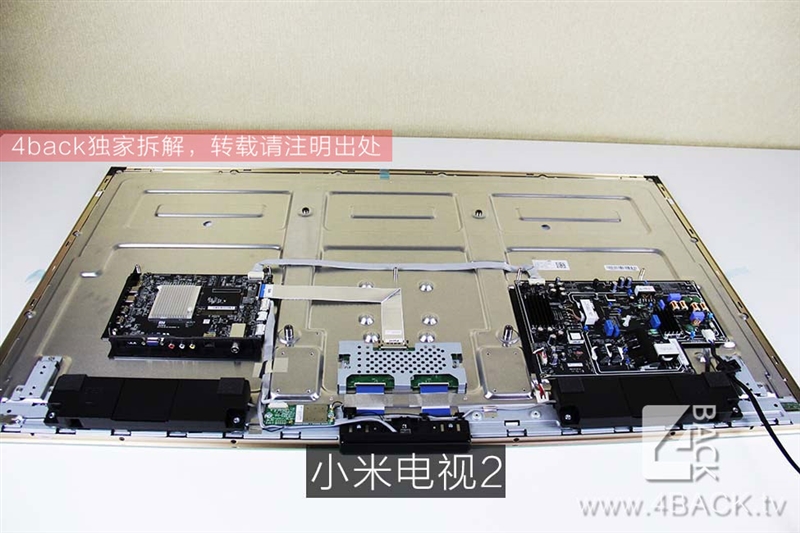

After the backplane has been completely opened, does the local tyrant have gold? The black part on the left side is the TV main board. In the middle, like a cross, the round hole is the LCD driver board. The largest part on the right is the power board. The black bars on the bottom of the TV are two speakers (who said that the millet TV 2 has no speakers?). The middle of the speakers is the new touch module. All the circuit boards are connected by cables, the wiring is neat, and the layout of the circuit board is reasonable. Compared with the internal wiring of the millet TV generation, it is a qualitative leap.
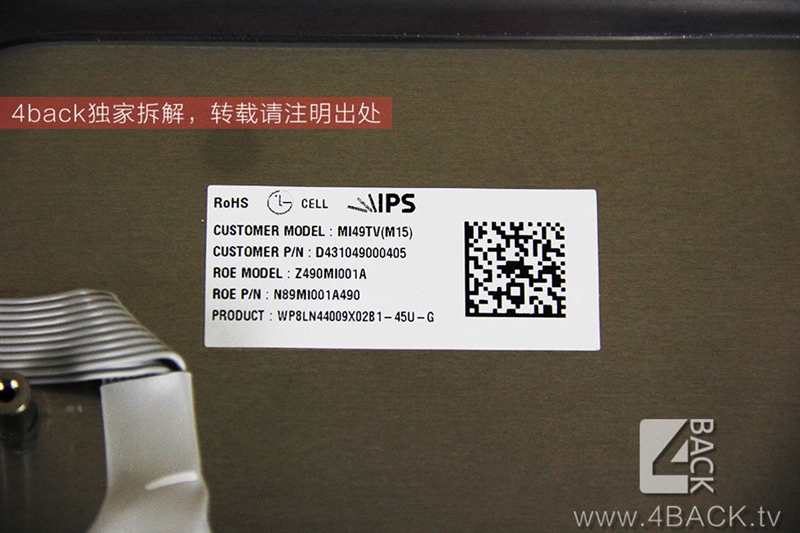
The label on the LCD screen, you can be sure that this is another LG Display customized screen for millet. The online LG official website can not find any relevant information on this LCD screen. Fortunately, some of its performance parameters were found in a document released by Xiaomi official. Currently, it is certain that this screen is numbered LC490EQJ-SGK1 with a physical resolution of. It is a true 4K screen with RGB. Pixel arrangement (not rumors of online rumbling RGBW), display color is 10bit, the same as music X50, no backlight, the entire backlight module by WeCream foundry, thereby reducing costs, screen refresh rate and response time is still unknown, 60HZ The possibility is very large, here we also hope that Xiaomi can publish the complete information of this LCD screen as soon as possible, especially the key parameters such as screen refresh rate and response time! It is essential for consumers to buy. In addition, Skyworth has a model 49U2 low-cost 4K TV and millet TV 2 using the same type of LCD screen, unfortunately Skyworth also did not open the specific parameters, is really a mysterious full LCD screen!
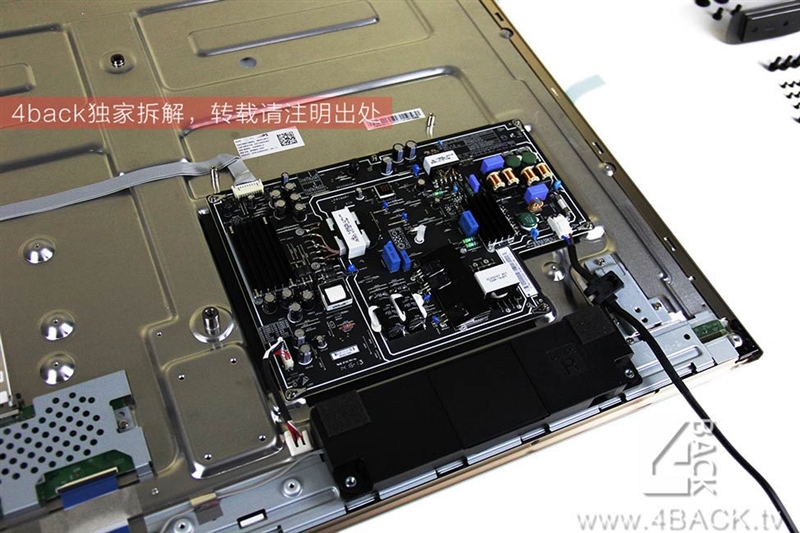
After watching the screen that we are most concerned about, then we start from the power section on the right. This is the power board for Xiaomi 2, the power input is in the lower right corner, and the power output is in the upper left corner, which is connected to the motherboard by a cable. Power board components dense, neatly arranged, the overall work is still good.
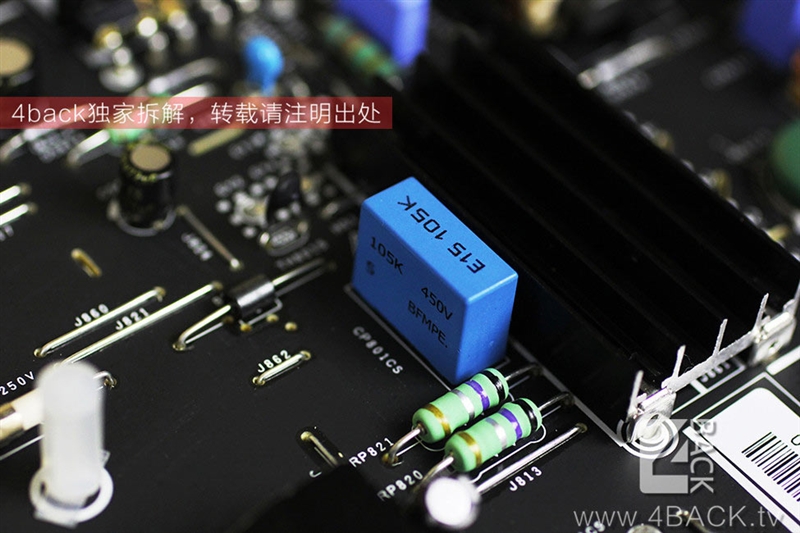
Material details, a 105K 450V blue square capacitor.
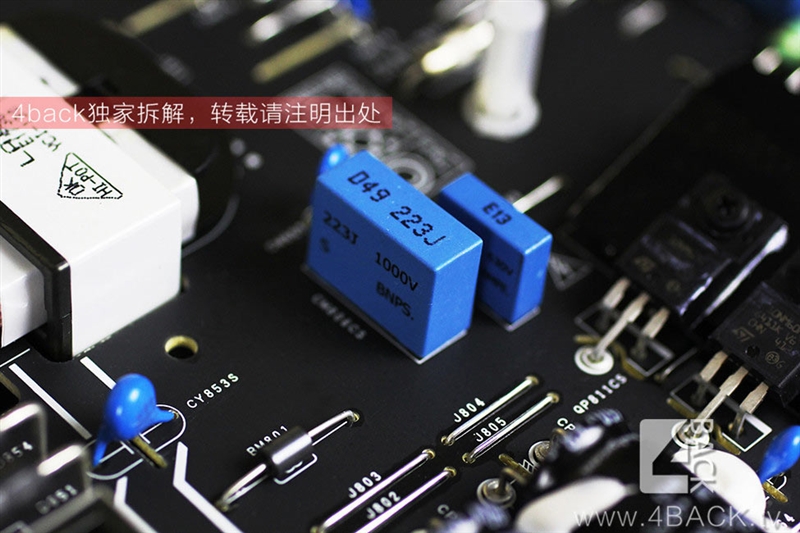
Material details, a 223J 1000V blue square capacitor.

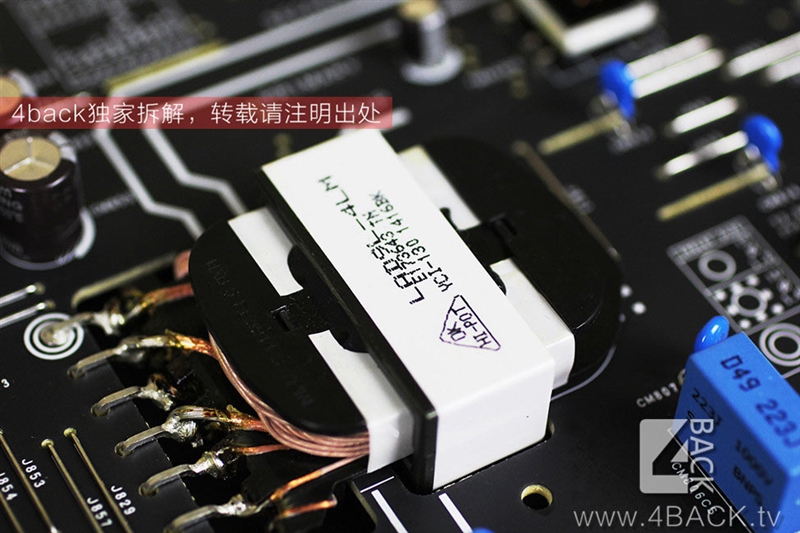

The details of the materials used, and there are three transformers on the power board, the overall workmanship is still very regular, there is no phenomenon of cutting corners, and in no way inferior to the domestic traditional TV manufacturers or even international brands.
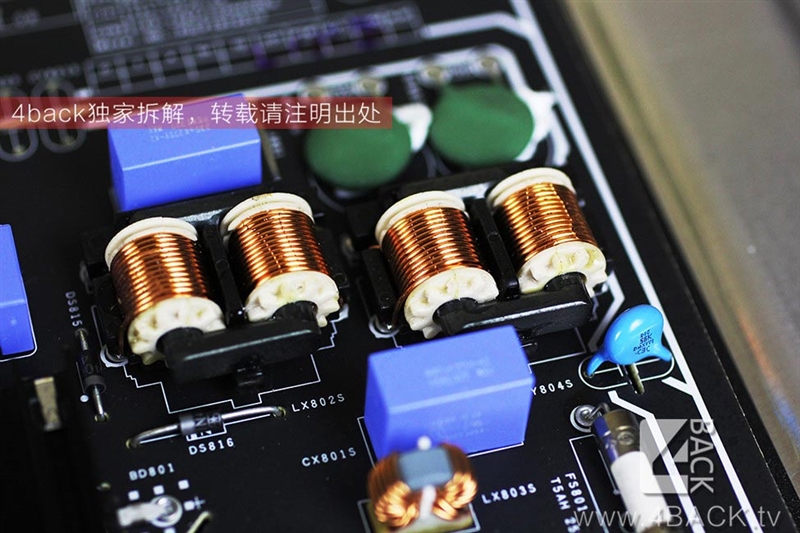
Material details, two sets of toroidal inductors on the power board.
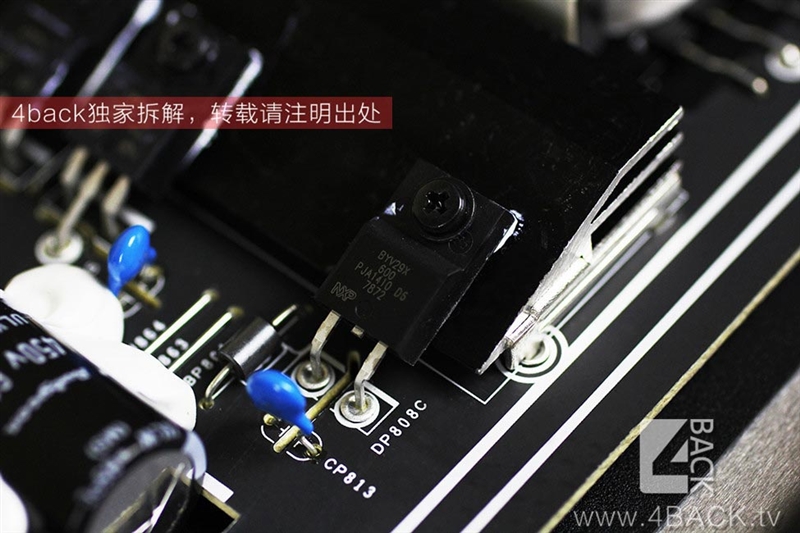
Material details, PFC circuit NXP BYV29X-600 diodes, for discontinuous current mode power factor correction (PFC).
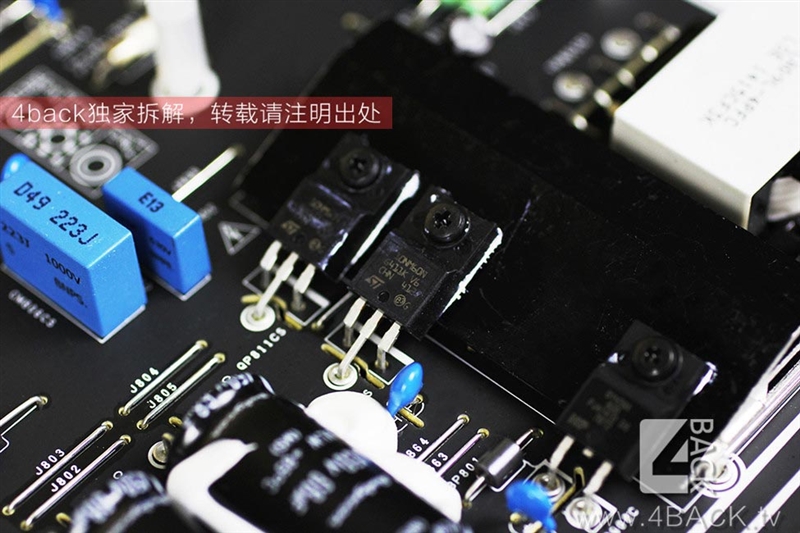
Material details, 10A 600V MOS tube produced by ST (STMicroelectronics).
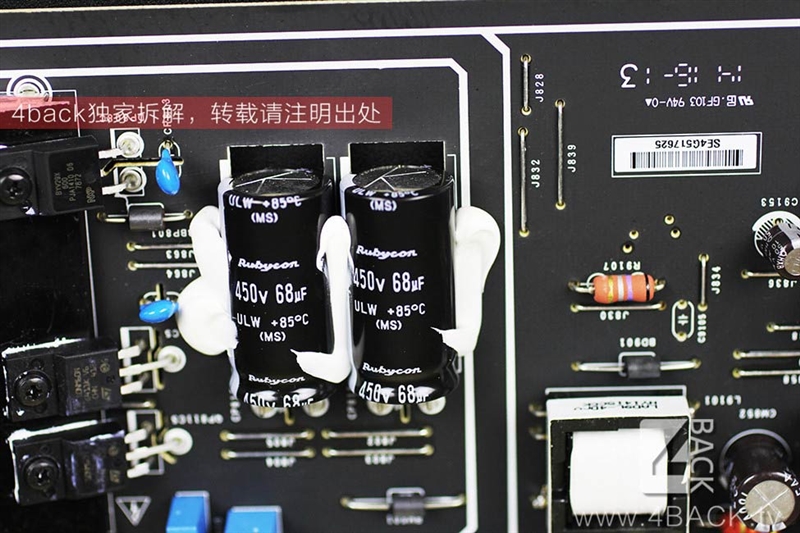
Material details, ruby ​​capacitor from Japan, 450V, 68uF.

Material details, a green 14D621 varistor.

The disassembly chart of the circuit board part is here. Next we look at the LCD driver board, WIFI module and speaker in the middle. The green circuit board between the two speakers is a liquid crystal driver board. A metal cooling cover is used to cover the entire circuit board. The driving board has a row of wires connected to the main board. Below the two sets of wires are connected to the touch control board.

After removing the heat shield, we saw the true features of the LCD driver board. The original driver board of the LG was used in conjunction with the LCD screen. The "LG Display" can be seen on the middle master drive IC.
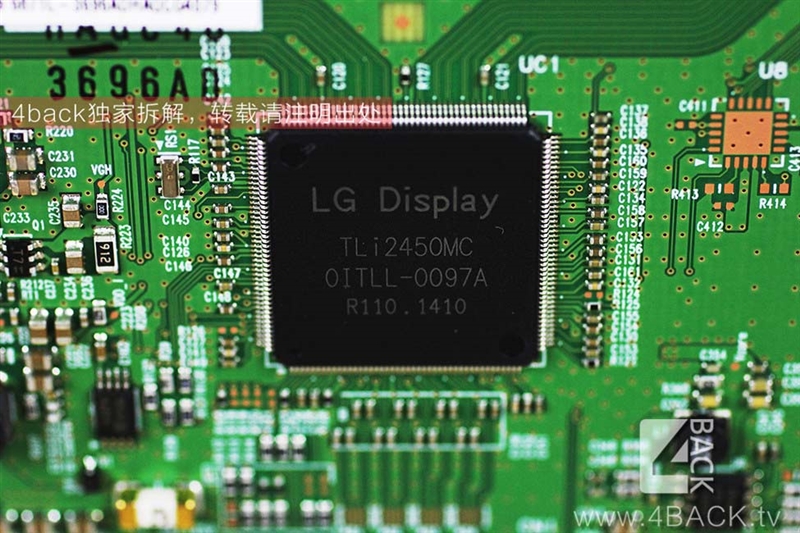
LCD drive master IC, LG Display produced, the specific model is TLi2450MC.
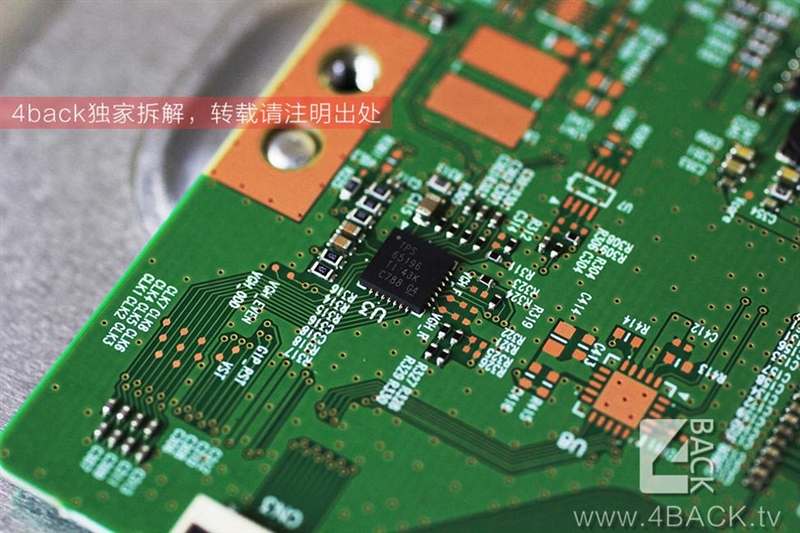
A Tps65196 level converter chip produced by TI on the driver board.
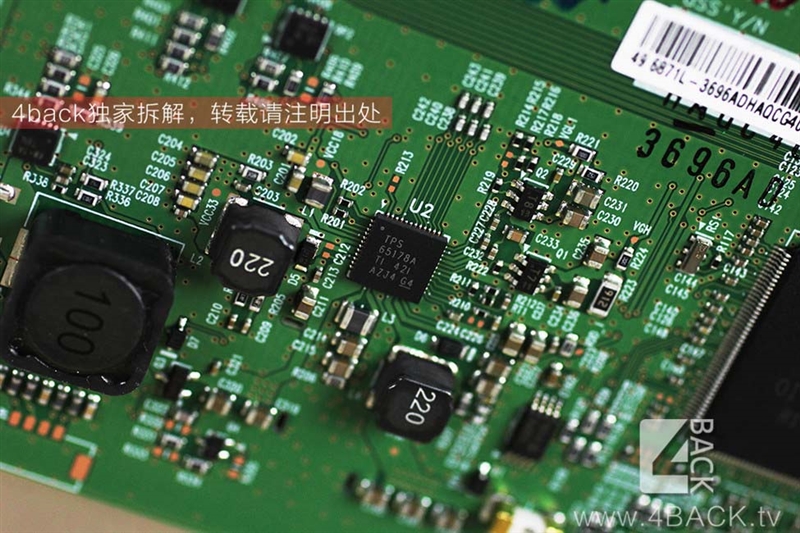
It is also a programmable LCD panel-specific bias IC specifically designed for use in consumer TVs that incorporates a 6-channel gamma buffer, Vcom reference, and dynamic gain.
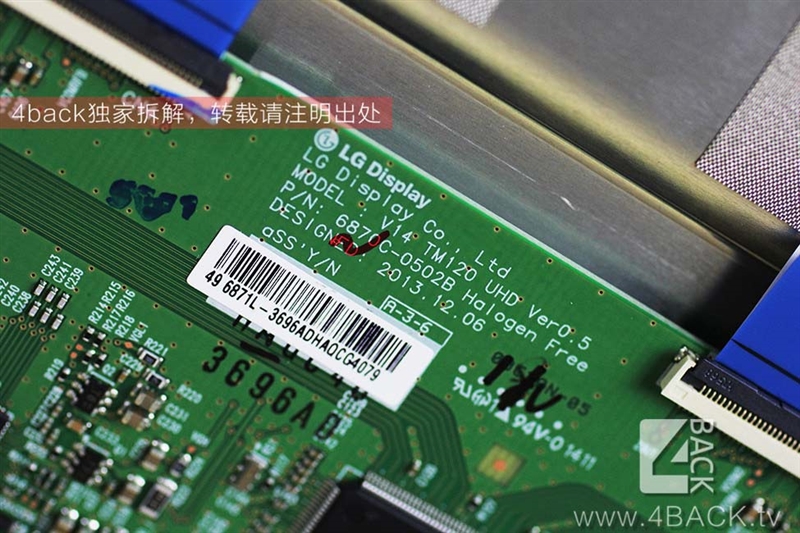
The model of the LCD driver board, V14 TM120 UHD, was designed on December 6, 2013. Currently, Taobao has been able to search for it, and the bulk price is around 280 yuan.
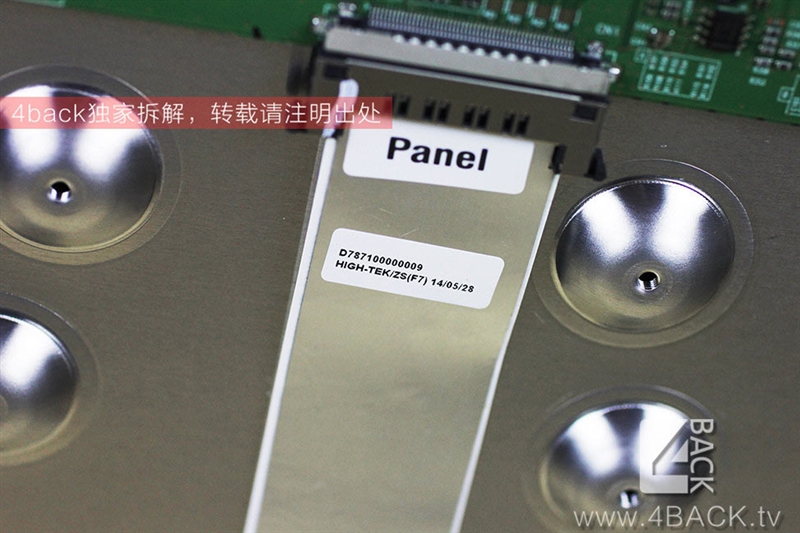
The cable connecting the driver board to the TV main board covers the metal shield. The production date is May 28, 14 years.
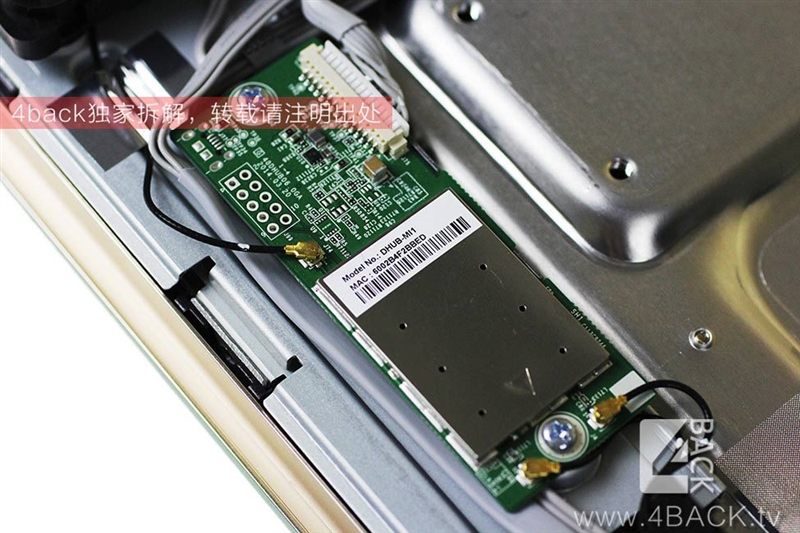
WI-FI and Bluetooth 4.0 modules, with the words MI, should also be custom boards. The above shields are soldered on the circuit board. We do not know what chip to use.


Milli TV's built-in speaker, after removing the model can be seen on the back of it DY140521C, there is no brand and power information, from the initials abbreviated "DY" point of view, if you do not guess it should be from Leroy (domestic TV brand) Hand.
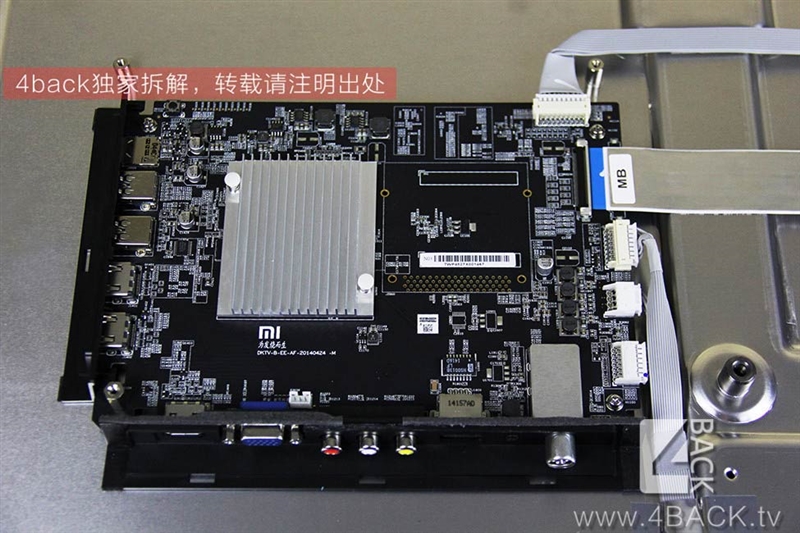
Finally, let's look at the motherboard of the LCD TV on the left. This is the smart core part of the TV. The CPU in the middle is covered by a heat sink and the logo and slogan of Xiaomi are under the heat sink. The left side is the USB interface, the bottom is the video input interface and the antenna interface, and the right side is the interface of various cables. The original motherboards are arranged neatly and orderly, and they look clean and tidy. The workmanship is quite big.

Material details, ALVC245 logic chip produced by NXP.

Details of materials used, millet TV 2 has a memory capacity of 2G, using a modern H5TQ4G63AFR DDR3 cache chip, speed 1866MHz, timing 13-13-13.
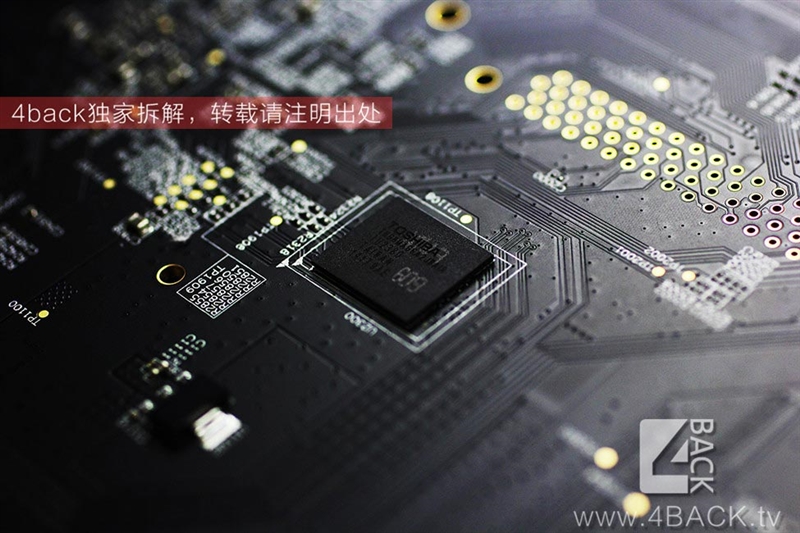
Material details, ROM capacity 8G, produced by Toshiba. The model is "THGBMAG6A2JBACR".

Details of the materials used, TI produced TAS5717 chip, is a relatively common digital amplifier IC with DSP, built-in op amp, rated output power of 2X10W, from which to determine the built-in speaker power of millet TV 2 should be 10W.

Finally, let's take a look at the heart of the entire television smart part - the CPU, the Millet TV 2 uses the Mstar (Morningstar) 6A918, the same music as the X50 Air, 4-core 1.45Ghz, integrated Mali-450 quad-core graphics processor, supports H.265 The hard solution (@24/30P) is also a CPU used in mainstream mainstream high-end 4K TVs.
Well, here we have come to an end with the dismantling. The internal structure and the use of materials for Xiaomi TV 2 are also present to you. It is good or bad that we all have judgments. From a personal point of view, the work of Xiaomi TV 2 is remarkable. Apart from the local and local gold, the overall layout of the circuit board is very standardized and the workmanship is also very good. This is in contrast to the green test of Xiaomi TV's 1st generation. In comparison, Xiaomi TV 2 is simply a qualitative leap. Compared with the traditional brand TV manufacturers, it is no less inferior. However, in the end, it is necessary to talk about Xiaomi’s marketing strategy. The people who buy TV are generally just needed. It is believed that most of them can maintain Calm people do not crowd out their heads for a TV in a matter of months, and sometimes even if you don’t pay for time, the user’s enthusiasm will disappear with the failure to buy again and again. The speed of new product introduction is getting faster and faster. If consumers really spend a long time and cannot buy it, who would give up new products with better functions and performances to choose millet that is already somewhat behind?
